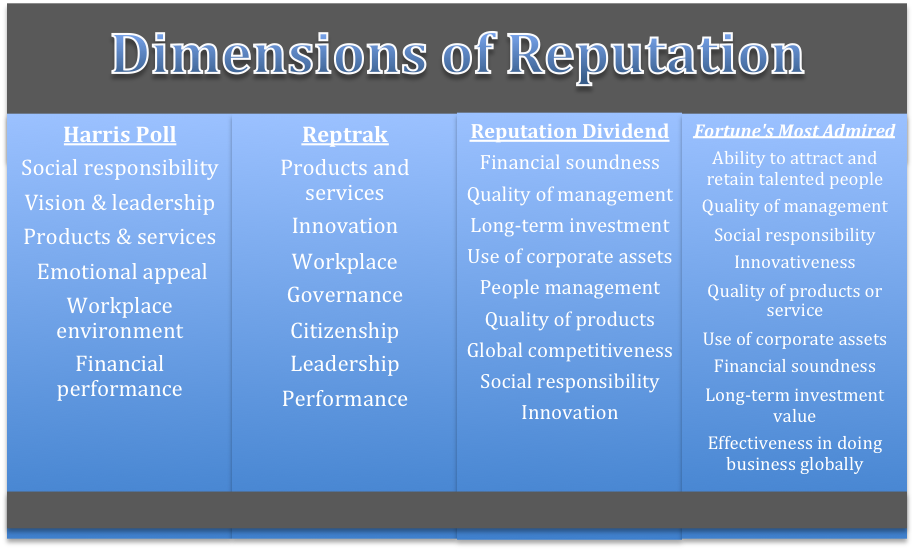We seem to be in a crisis of confidence. Public faith in many institutions – organized religion, Congress, and the news media — has eroded over four decades. According to Gallup, only the U.S. military has enjoyed a fairly consistent upswing in public confidence since the 1970s. The change seems particularly acute lately in our politically polarized environment.
But there is some good news. Corporate America is stepping up. This comes as a happy sign for public relations professionals who preach corporate responsibility or even strategic activism to clients. Yet the need here is not mere public relations messaging, but leadership and action.
Business Must Serve Stakeholders
This is not to say that business will solve every ill. And Big Tech, especially Facebook, has accepted responsibility in fits and starts, and only after a public and regulatory backlash. But a time of relative prosperity, when talent is scarce, a handful of business leaders are uniquely positioned to bridge the “trust gap.”
Increasingly, Americans expect companies to act on those issues they can impact. According to Fleishman Hilliard’s Authenticity Report, consumers care most about issues like affordable healthcare and education. Yet they don’t expect business to solve those matters; rather, they want them to attack problems they create or can change, like the environment, skills development, and wages.
It’s not just Big Business, but medium-sized guys who are taking action. Dick’s Sporting Goods comes to mind. It moved to drop sales of assault-style rifles after the Marjorie Stoneman Douglas shooting and has stuck to its guns, despite pushback. Publix, one of the largest grocery chains in the country, followed Walmart, Walgreens, CVS, Wegmans, and Kroger in asking customers not to openly carry weapons in stores. Most actions came in response to steady public pressure. It’s a small step, but a significant one at a time when public support for gun safety is rising, but Congress is gridlocked.
Even more businesses are galvanized by the existential threat of climate change. Where individual governments have failed, some companies have taken action. The September UN Climate Action Summit failed to generate commitments by global leaders. Yet 20-plus multinational corporations pledged to use renewable energy for 100 percent of their electricity. According to Andrew Steer of World Resources Institute commented, “In many cases, the private sector and subnational actors are moving faster than national governments.”
2020 Brings A Leadership Test
The corporate responsibility trend peaked this year when 200 major companies signed on to the Business Roundtable statement supporting “stakeholder value.” CEOs from Apple to JPMorgan Chase agreed to invest in employees and customers as well as shareholders.
It’s easy to dismiss the Business Roundtable pledge as toothless. There were critics on both sides — those convinced that shareholder interest should remain the only corporate priority, and those who dismiss the whole thing as an empty PR exercise.
Yet it’s not about just optics. For most businesses, the motive is enlightened self-interest. When it comes to climate and energy, these companies are living in the real world. They know the price of inaction. They’re also answering to a customer base and workforce that want sensible steps to protect communities. At a more basic level, they’re looking to the private sector for consistent leadership, positive social impact, and stability.
That’s precisely why the intentions of corporate America may be sincere. Because they are self-serving. Businesses can serve their own interests as well as those of stakeholders and shareholders by stepping up in the coming year and beyond. It’s not about philanthropy, activism, or even social responsibility. It’s leadership – which is what is sadly lacking in many of our institutions. Leadership is hard to define, except when it’s absent. Here’s hoping corporate America can bridge the gap in the decade to come.



 Service),
Service), 



